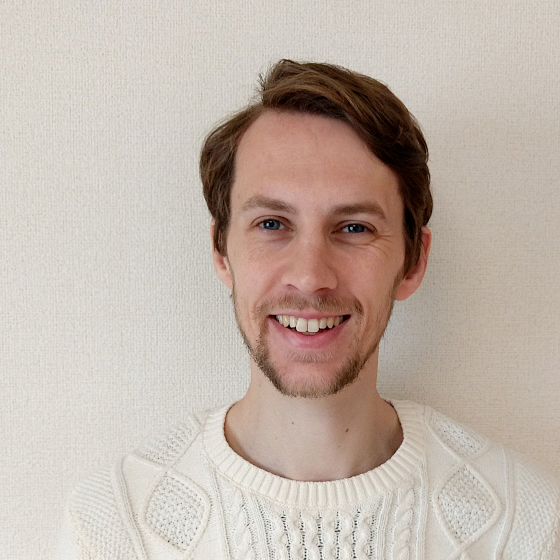Evaluation of ambient dose equivalent rates influenced by vertical and horizontal distribution of radioactive cesium in soil in Fukushima Prefecture
Published:

Abstract
The air dose rate in an environment contaminated with 134Cs and 137Cs depends on the amount, depth profile and horizontal distribution of these contaminants within the ground. This paper introduces and verifies a tool that models these variables and calculates ambient dose equivalent rates at 1 m above the ground. Good correlation is found between predicted dose rates and dose rates measured in Fukushima Prefecture with survey meters. This finding is insensitive to the choice for modelling the activity depth distribution in the ground using activity measurements of extracted soil layers, or by using exponential and hyperbolic secant fits to the measurement data. Better predictions are obtained by modelling the horizontal distribution of radioactive cesium across an area if multiple soil samples are available, as opposed to assuming a spatially homogeneous contamination distribution. Reductions seen in air dose rates above flat, undisturbed fields in Fukushima Prefecture are consistent with decrement by radioactive decay and downward migration of cesium into soil. Analysis of remediation strategies for farmland soils confirmed that topsoil removal and interchanging a topsoil layer with a subsoil layer result in similar reductions in the air dose rate. These two strategies are more effective than reverse tillage to invert and mix the topsoil.
A. Malins, H. Kurikami, S. Nakama, T. Saito, M. Okumura, M. Machida & A. Kitamura
Journal of Environmental Radioactivity 151, 38-49 (2016)
DOI: 10.1016/j.jenvrad.2015.09.014
PDF: download
ArXiv: https://arxiv.org/abs/1509.04005
